News item: Duluth's Harley-Davidson Sport Center Announces Closure
This is happening all over the country. Long-time HD dealers have been closing. Reasons, in random order:
- For the past few years these bikes, related trinkets, gear, and accessories have not sold well enough.
- Todays Harleys need comparatively little service work because A) they became very well-engineered and well-assembled more than twenty years ago, and B) on average they are not being ridden so many miles per bike per year.
- Speculation: HD franchise agreements were updated when times were good and those contractual commitments required dealers to build architecturally expensive buildings which required big mortgages.
- Speculation: A few dealers may now be ‘upside down’ deeply enough to be simply leaving the keys to their business at their bank and walking away, just as more than a few upside-down homeowners did after the sudden collapse of the subprime mortgage market back in 2008. Ironically, part of Harley’s sales boom during the 2000’s were motorcycle purchases juiced by increased amounts of discretionary spending money coming directly from oversized subprime home loans.
If anyone ever wanted to own and operate a Harley store, today they could probably buy more than one at very attractive prices. The only problem would be figuring out how to sell all those excellent but less currently mainstream-fashionable bikes. I have no idea how anyone might do that.
With our local Harley dealer gone (after over seventy years!), Duluth and adjacent Superior have only one franchised motorcycle store, RJ Sport and Cycle. They sell Hondas, Yamahas, boats, outboard motors, ATV’s, side-by-sides, snowmobiles and much more. I went there a few weeks ago to purchase a small item and noted they had far more boats, outboard motors and side-by-side ATV’s on display than motorcycles. For better or worse, Harley stores don’t have that option. (Local Suzuki and Kawasaki dealerships left years ago. Our SMSA* ‘trade area’ is somewhere around 250,000.)
Separately, a new and seemingly important scientific study was published in November which found:
“...Our data comes from a national survey with a representative sample (n = 2,155) of U.S. adults living in urban and suburban areas. Using descriptive statistics and multivariate regression models, we find that there is a threshold effect of car dependence on life satisfaction. Our results show that beyond a certain point, increases in car dependence yield a decrease in people’s satisfaction with life.** For instance, we find that, in a typical week, relying on a car for more than 50 percent of the time for out-of-home activities is associated with a decrease in life satisfaction.” – Arizona State University, Department of Economics and Urban Planning***
This result might be difficult for many Americans to accept, much less influence anyone’s future mobility choices. (Duh…) But this ASU finding directly supports what I’ve been thinking, writing and blathering about for years. It is the first statistical research-based evidence on the subject I’ve ever seen. Hopefully, it will eventually become part of an increased public health awareness providing at least one solid reason to justify using a bike more frequently as utility transportation. But for now, this study seems a lot more like those very early 1950’s cancer studies which showed smoking was harmful. Almost nobody believed them, and tremendous money and power was expended attempting to discredit them. Yet maybe just like the medical research damning tobacco use, at some point this study about the negative effects of overuse of automobiles might become important enough for governments to create incentives to encourage more riding. After all, some of the most socially cohesive and pleasant societies on the planet (examples include Japan, most SE Asia countries, etc.) are places where high-ish percentages of citizens have chosen to employ bicycles and small motorcycles as daily transportation. Usually this happens for direct financial and space reasons, not because riding: “(increases) people’s satisfaction with life.” But regardless of reasons, there are a lot more utility riders in those parts of the world than there are here in America.
Don’t get me wrong,…I love cars and light trucks and am very fortunate to own a reasonably nice older example of each which I enjoy using and taking care of. But I still find it easy to appreciate how our pervasively wide societal adoption of well-sealed private vehicles, along with a seeming infinity of computer and phone screens, have combined to effectively and increasingly isolate people from one another by allowing so many to descend into little personal silos of steel, glass, aluminum, plastic and silicon. As a direct result of such experiences more of us have become overly fearful of nearly everyone and everything existing outside of those silos.
About fifteen years ago, just as China was beginning to become materially modern and rich, the municipal governments of several or their huge cities started banning motorcycles and encouraging the use of private automobiles. There are many reasons (comfort, efficiency, convenience, safety, etc) why cars are an easy aspirational sell, but the shift away from small bikes in Chinese cities was ironic and dumb because it removed by authoritarian decree one of the cornerstone ingredients of China’s modern-era development success: A calm and highly co-operative working population, which, for more than a generation, had gotten themselves from A to B every day either by pedaling a bicycle or riding a small motorcycle. Those two elements, daily riding and a relatively satisfied population, are, in my imagination, closely linked.
At Aerostich we will continue to advance our product and marketing efforts in ways which occasionally include that idea. But nothing we do here will likely ever leak into broad public awareness strongly enough to make a difference in the lives of most Americans, or noticeably influence future sales of those great Harleys. Regardless of all that, this ASU study seems a faint ray of light, and we’ll give it everything we can.
Separately, here is one positive number: Every year the total number of registered motorcycles increases a bit, which directly increases the average age of the average registered motorcycle. It’s now over eight million and the average bike’s age is now around twenty years. When this kind of fleet age creep happens with automobiles, surrounding factors eventually trigger a boom in sales because all those worn-out cars finally became uneconomical to repair and keep road worthy. For U.S. motorcycle shops and rider’s gear businesses like Aerostich, something like that can’t come soon enough.
Mr. Subjective, Dec 17, 2024
PS - If you have read this far, and Lane Splitting and Filtering is not yet legal in your state, please watch this one-hour video about how to get it done where you live. Lane splitting and filtering is normal traffic practice in nearly every country world-wide partly because it greatly increases road safety for riders. You start legalization by finding a professional lobbyist working in your state’s legislature who also rides. All state lobbyists are required to register, and someone in your state capital keeps a list of all these lobbyists which is publicly available by law. Use that list to find the right moto-lobbyist. This is where changing restrictive state laws begins. Lane Splitting is now legal is six states. Your state can be next.
PPS – When it comes to the potential for significantly increasing the number of utility and transportation riders in America, there’s a herd of elephants in the room. The largest is our deeply embedded human trait of wanting to belong to a group and needing to fit in and be accepted by one’s tribe. We became a successful and dominant species specifically by learning how to trust and co-operate with each other to increase our individual chances of survival. Going outside of today’s mainstream personal mobility behavior by spending less time driving and more time riding can in some situations be a powerfully ostracizing repudiation of this most deeply embedded instinct: To belong. The next largest elephant is the increased physical risk of riding. Riders are far more vulnerable to injury or death than any driver, and as transportation technology continually advances and roads and autos become ever safer, deceptively riding seems ever more dangerous. A third elephant? Physical discomfort. Rain, cold, heat, dust, etc. A fourth pachyderm is riding’s inherent logistical and physical complexities. Compared to using an auto it simply takes more time to acquire the skills of assembling and using all the necessary riders gear, developing fluency managing a single-track vehicle, and carrying small items securely. No free lunches at this table, but the longer one lives the more obvious it becomes that the greater the effort one puts into something, the more benefit they get out of it. Lastly, lurking in the background there’s always stuff like this to think about: https://www.nytimes.com/2025/01/10/opinion/la-fires-los-angeles-wildfires.html Fortunately, we are a reasonably resourceful and adaptive species, and I’m very grateful to still able to ride toward that faint ray of light.
*Standard Metropolitan Statistical Area (A term used by the Census Bureau, Department of Commerce, etc.)
**The red lettering was colored by me.
***School of Geographical Sciences and Urban Planning, Arizona State University, United States, Department of Economics, W. P. Carey School of Business, Arizona State University, United States, Authors: Rababe Saadaoui, Deborah Salon, Huê-Tâm Jamme, Nicole Corcoran, Jordyn Hitzeman - Received 18 May 2024, Revised 4 October 2024, Accepted 8 November 2024, Available online 19 November 2024, Version of Record 19 November 2024. https://www.sciencedirect.com/science/article/abs/pii/S2214367X24002175





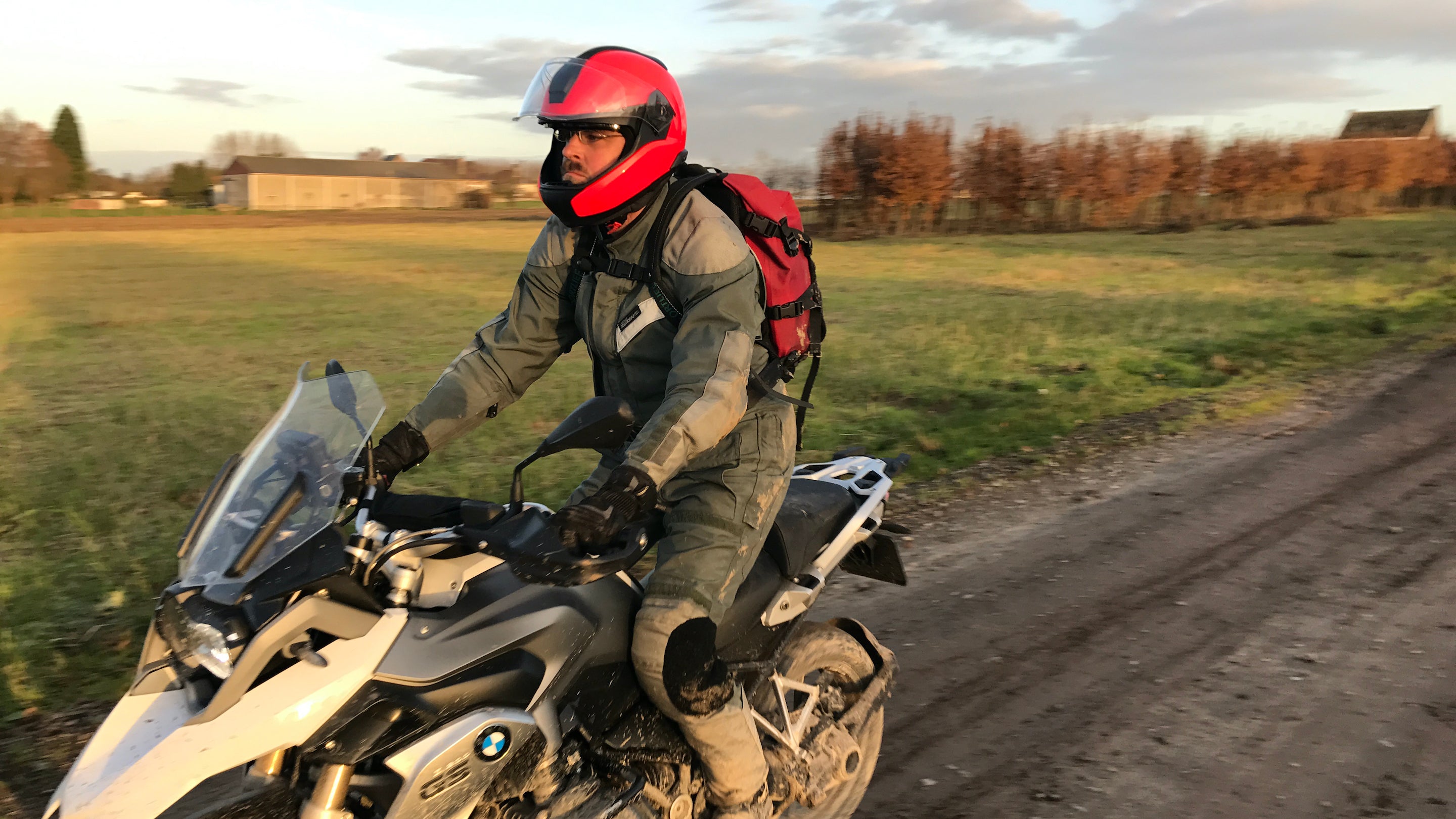
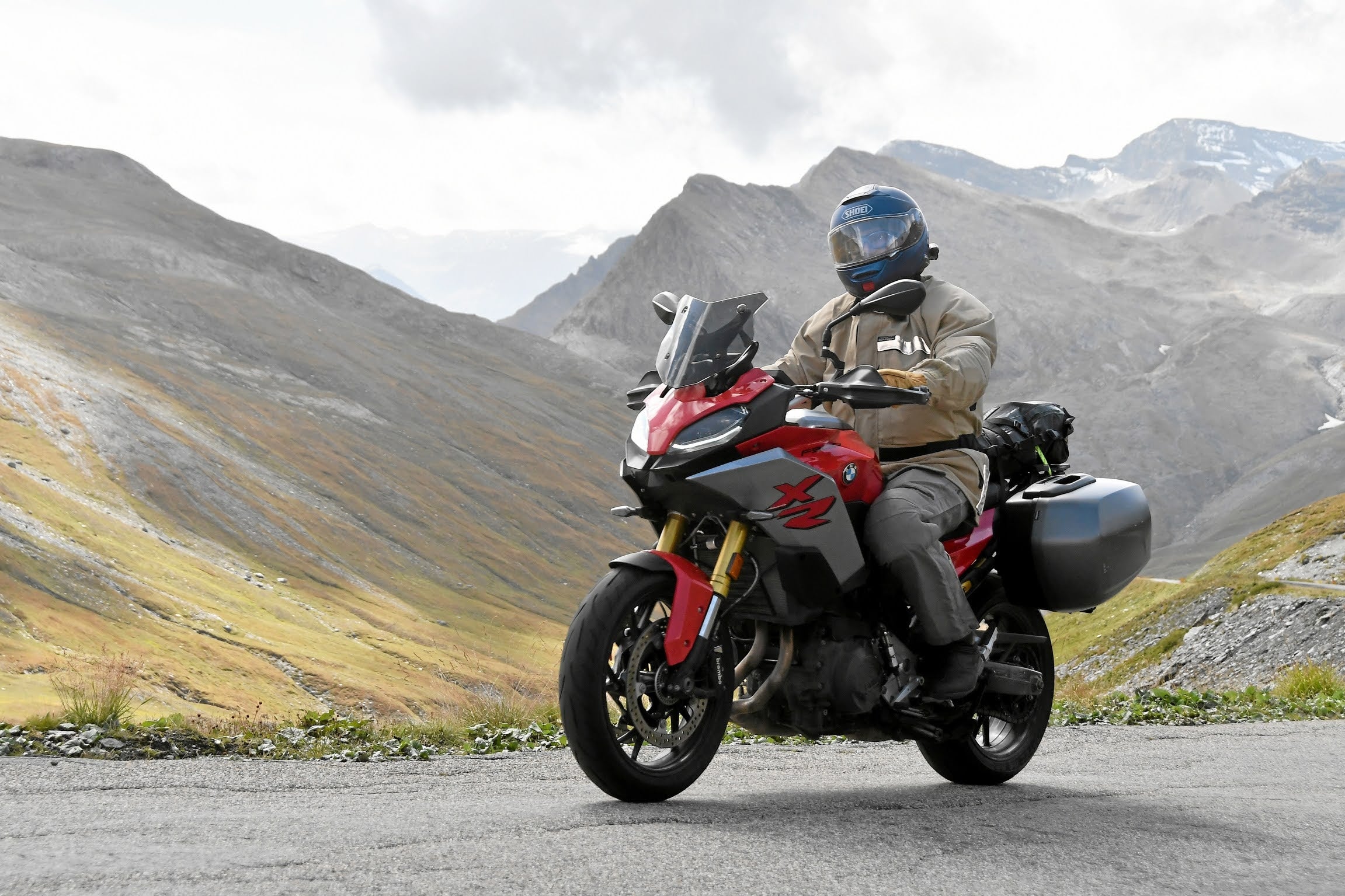
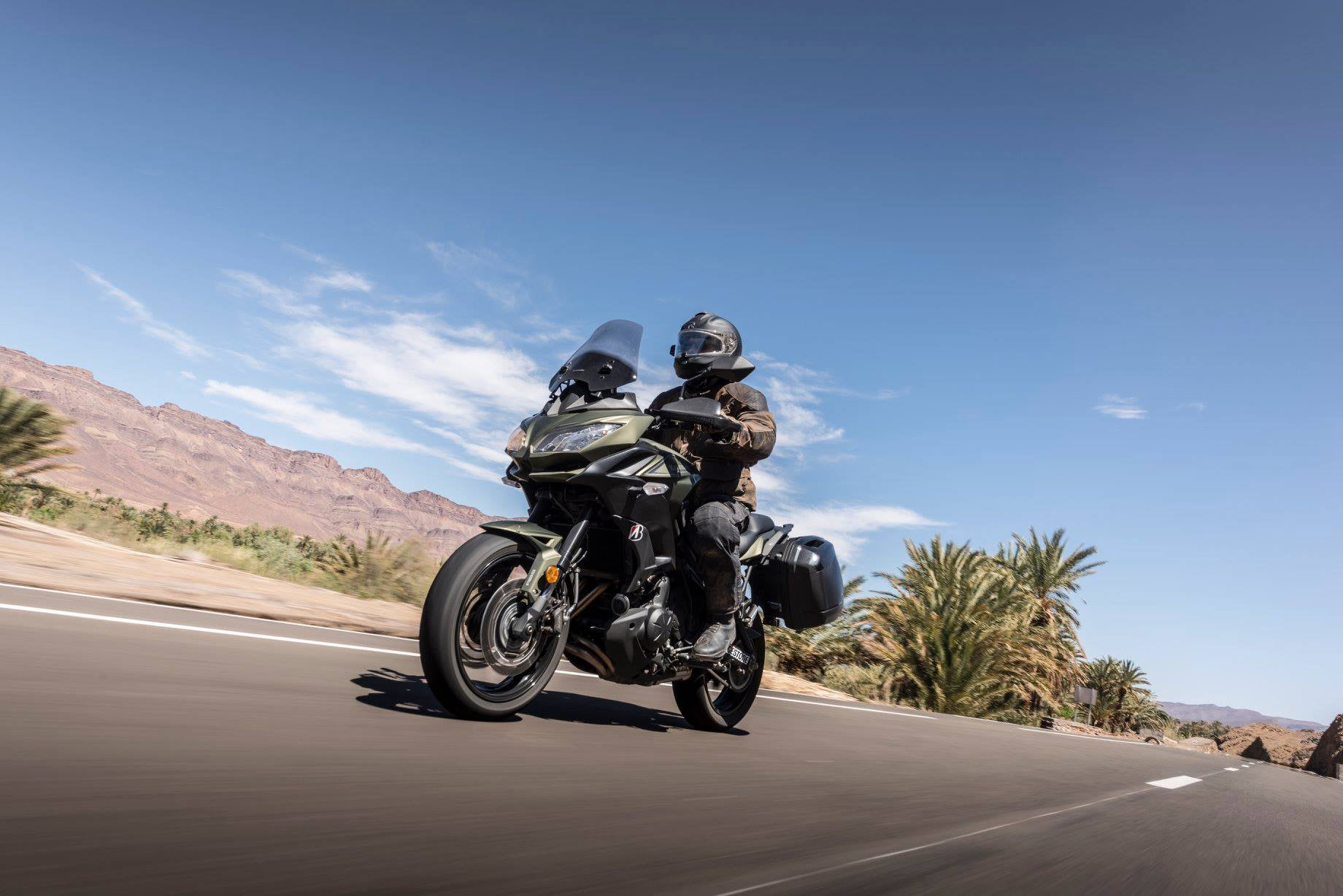
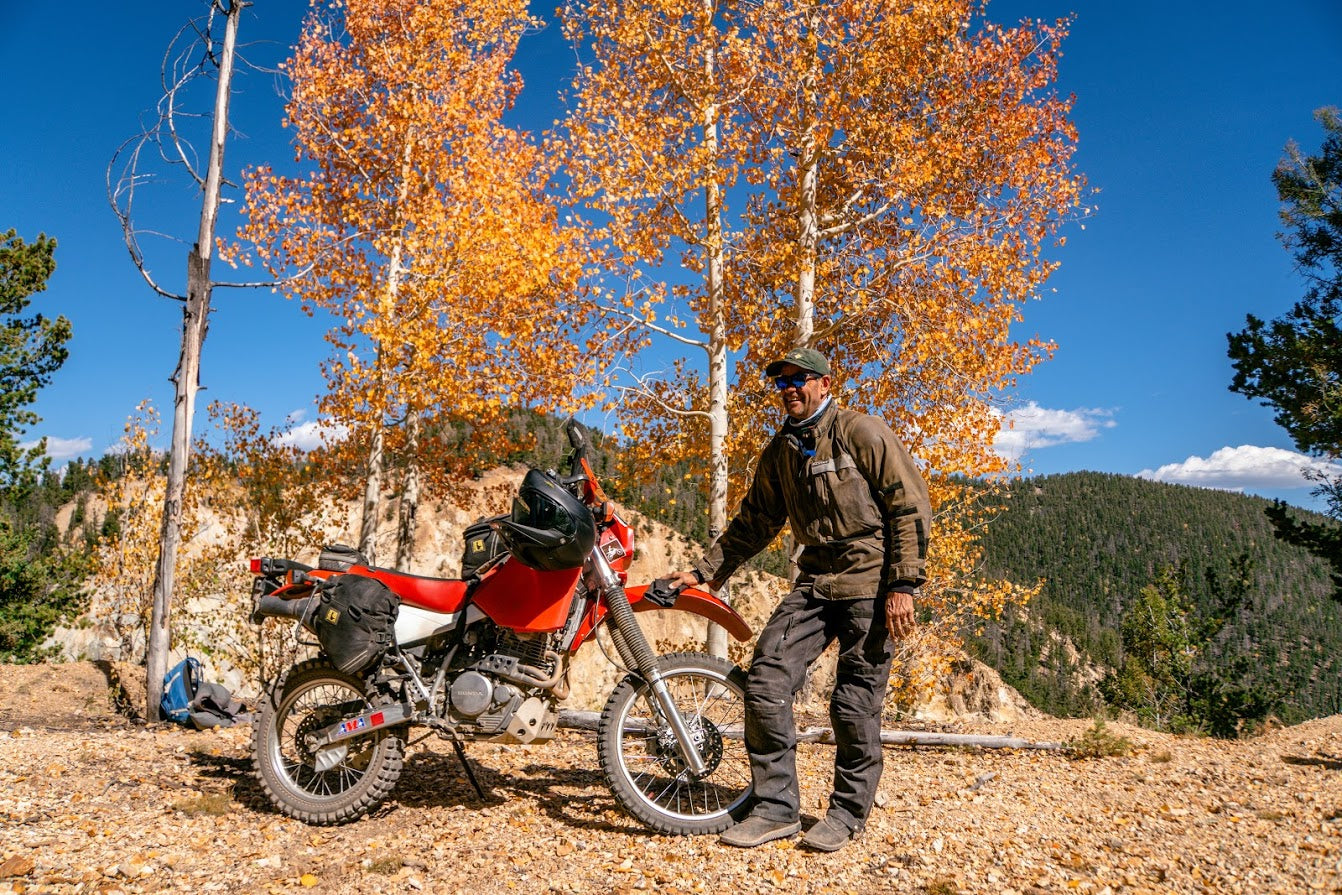
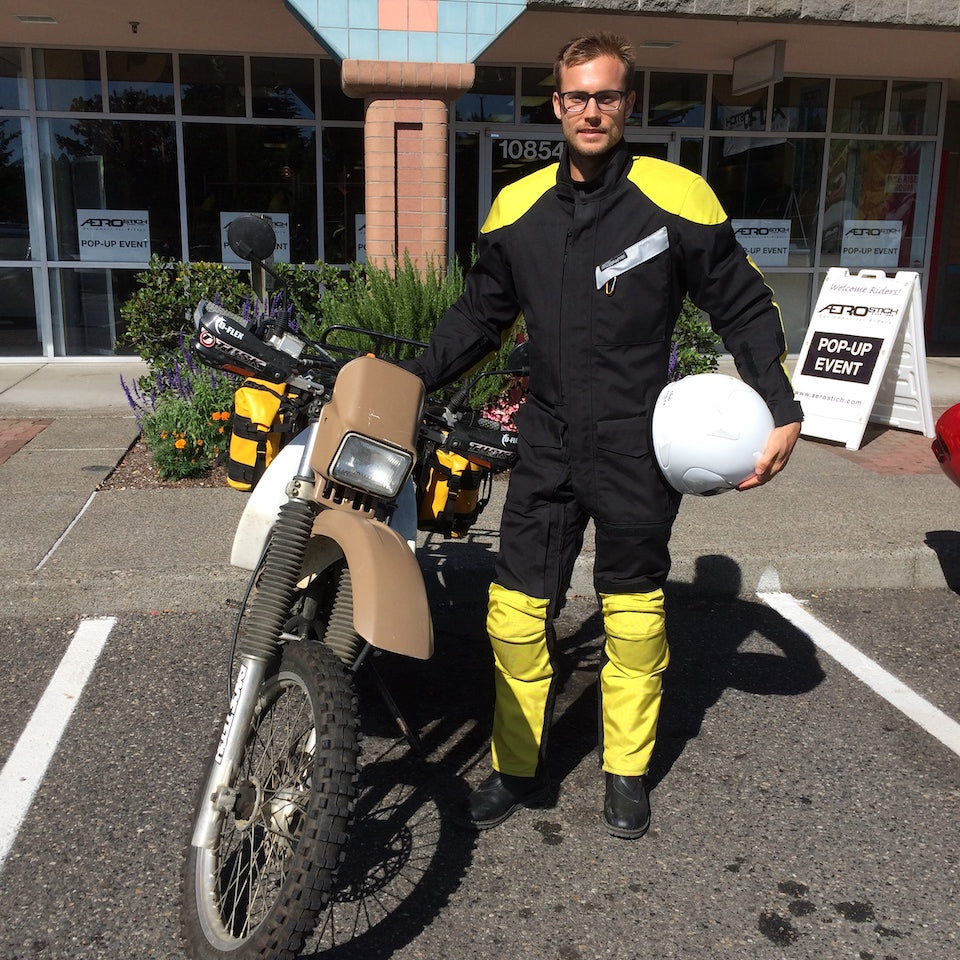




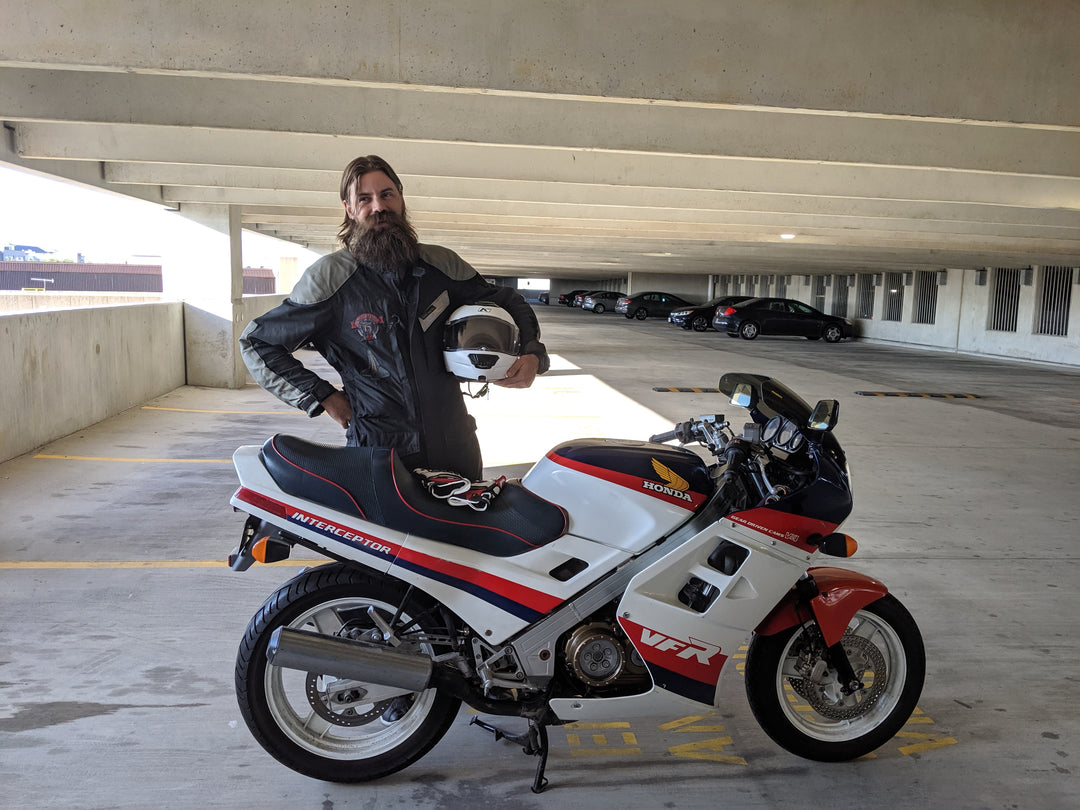
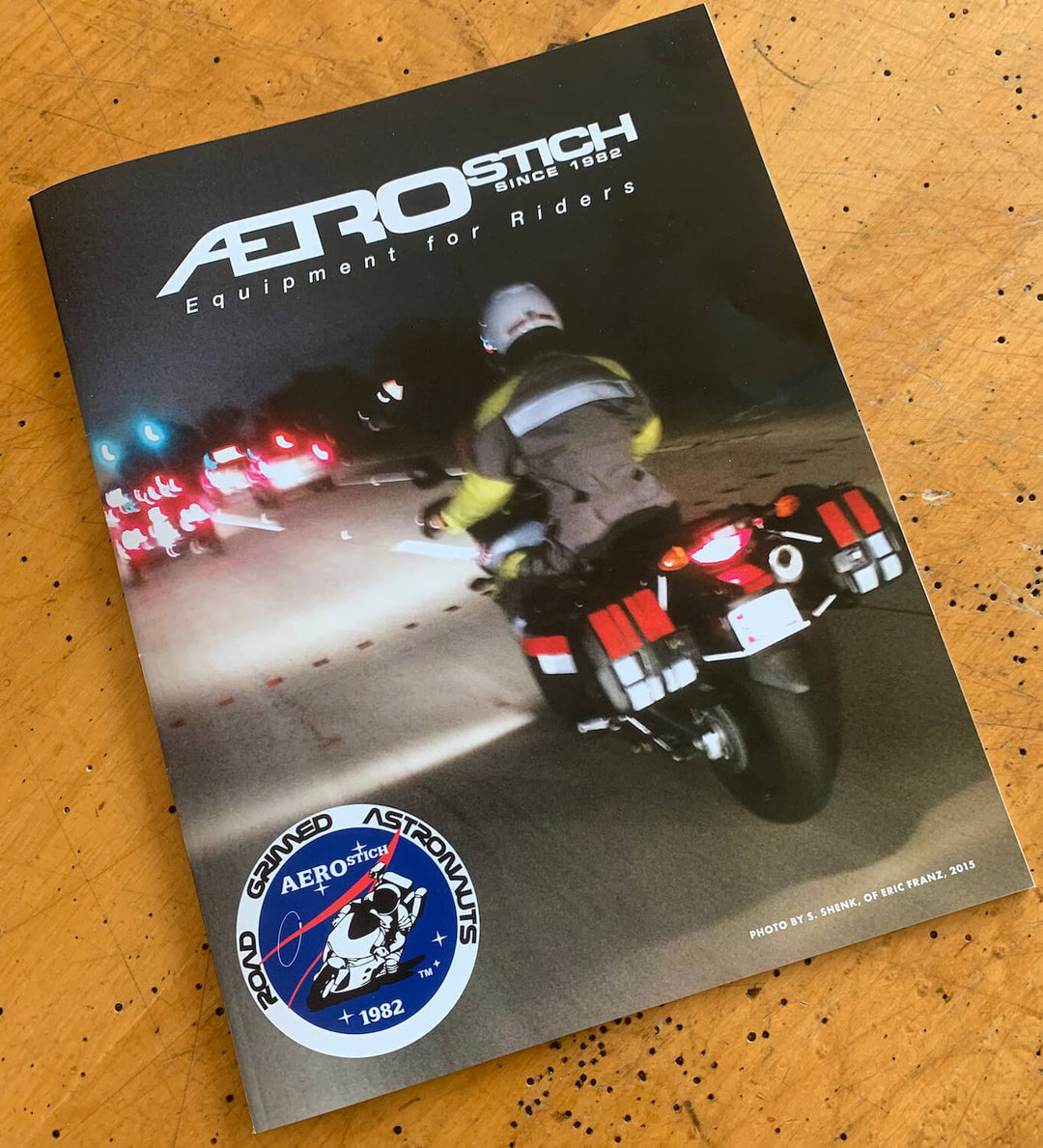
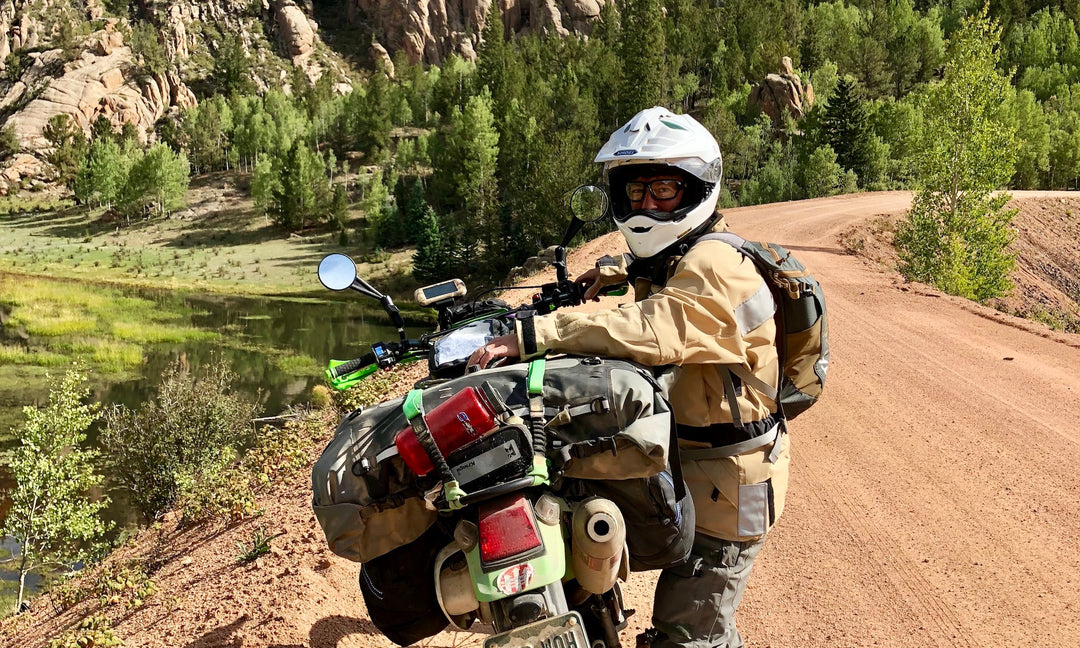
I used to write/warn about this in my Geezer column and it’s, now no surprise at all that Hardlys and motorcycles in general are becoming scarce. As a “group” (which we aren’t at all), motorcyclists have done themselves in dumbing-down motorcycle endorsement requirements, whining and threatening for special privileges without anything resembling responsibility or even civility (“noise, noise, and noise” and the hooligan-effect), and pretending that motorcycle emissions don’t matter when our vehicle of choice hasn’t made even a moderate attempt to keep up with other vehicle environmental improvements. Today, the average person looks at the typical motorcycle as fondly as other gangbangers and the biker parades do nothing to moderate that opinion. When I started riding in the early 60s, that impression was so strong that I took to riding in the ditches because cagers regularly tried to run me off of the road.
Our local Polaris/Indian dealer folded up their tent several years ago and their building still houses a few unsold bikes that, apparently, Polaris doesn’t want back or can’t sell. Our everything-else local dealer barely stocks motorcycles at all, like yours they concentrate on ATVs, snowmobiles, and boats and even their service department barely caters to motorcycle customers. The dealers in the Cities are pretty much in the same boat(s).
On the other hand, thanks to no-longer-creeping old age, I’ve put my two-wheel eggs in the ebike basket and when I first started riding here in 2019 I was the only ebike on the trails or street. Now, more than half of the bicycles on the Cannon River Trail are ebikes and you can tell the ebikers by the big grins on their faces. Likewise, ebikes and electric scooters and skateboards are commonly seen around town, even during the winter. My grandson has been commuting in the Cities via ebike for almost a decade and he has no intention of even getting a driver’s license let alone buying a car. He is far from alone. For a few years, 2015 to 2018, Minneapolis was conducting a “bike and pedestrian count” and publishing that data, but political pressure (from cagers and other oil burners) cut off the funding for that data. Regardless, that group of road, trail, and sidewalk users is increasing and so is their economic and political clout. The Cities are in the top 4 Best Big Cities for Bicycling surveys and while motorcycle dealers are vanishing, bike shops are blooming (https://havefunbiking.com/clubs-shops/twin-cities-bike-shops/).
One of the funnier aspects of living in a stodgy, conservative country is that stuff keeps changing no matter how much the whiners want to drag us all backwards. I totally agree that “relying on a car for more than 50 percent of the time for out-of-home activities is associated with a decrease in life satisfaction,” but motorcycles may not be the way most people solve that problem. Medical problems convinced me to sell my last motorcycle this past summer and my wonderful collection of Aerostich gear went the same way, but even though I’ve depended on my motorcycles for both utility and recreational escape for 60 years and some of the medical problems may not be permanent I might not go back to motorcycling because my bicycles are fulfilling almost all of the voids motorcycles previously filled. Long distance, backroad, off-pavement travel is still a love/lust of mine, but my old, beat-up hands may not let me ever do that again.
Thank you for this. I find these posts interesting and I always learn something. Here in SW Ohio, the long standing HD dealers have resisted the “build it and they will come” directive. They have seen new players enter their territory only to fold in 5 to 10 years under the weight of a lease and inventory.
As I get older I find myself being more of an oddity with my collection of vintage bikes to thoes who don’t know. I ride several times a week and enjoy it.
Brilliant overview Andy. Some of the best reportage extant on a critical subject.
Your Aerostich gear (as I’ve argued over the years) is The Best on the market. I am an older boy who refuses to quit working and vegetate. I am a decades-long licensed CA contractor. Recently I had to inspect a problem crawl space below a 20 year old house. The space contained a massive amount of spiders. What to do? Go home and get one of my three Roadcrafters, all hung up in environmentally controlled workshop gear closet. Inspection complete, arachnids dispersed, suit brushed off (it remains illogically excellent after decades!!!) and re-hung in my spacious gear vault.
Thank you again for being one of the Very Few gear providers, and safety/comfort engineers in the industry.
And for being a real leader!
Cheers, and hope 2025 is good for we the people as well as the forces that run our western world!
Will
Leave a comment